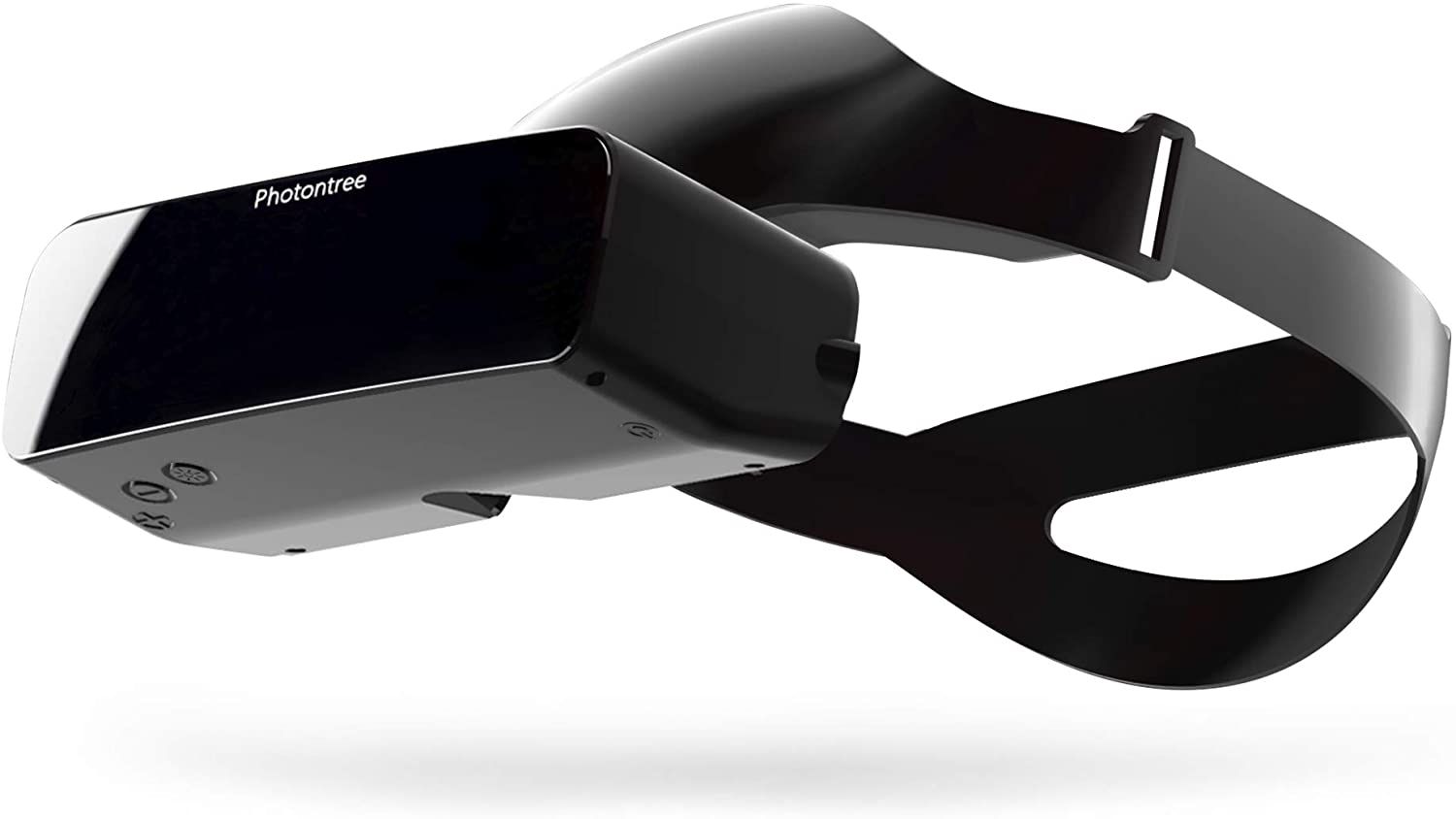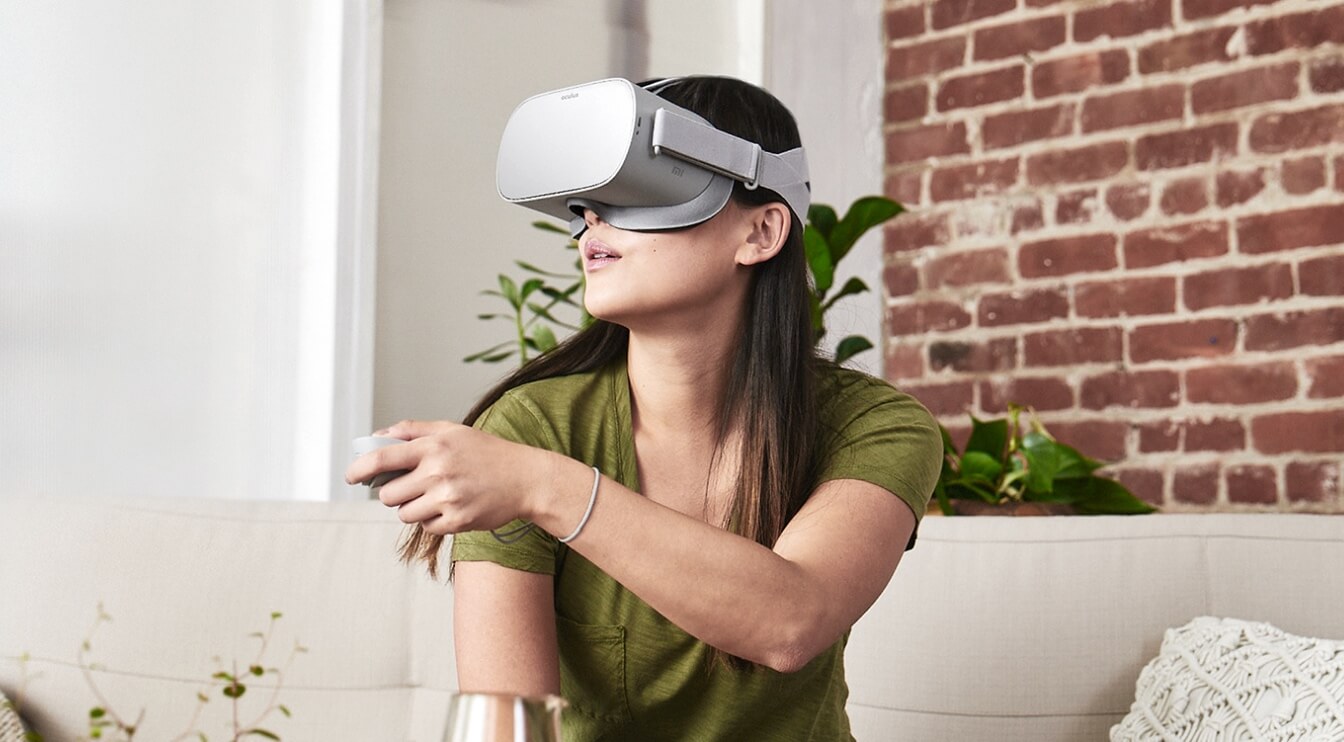
That tech was adopted by Oculus and has been used ever since. Three years later, Valve Corporation released the specs for a low-persistence display that provided a lag-free and smear-free display for VR content. The technology got a kickstart in the 2010s when Palmer Luckey released the first prototype of the Oculus Rift, which introduced a 90-degree field of vision that was unlike anything seen on the consumer market before. For another, virtual reality is just plain cool. The reasons for this growth are numerous.įor one, the technology has seen near constant R&D (research and development) to find low-cost, wearable solutions for the mass market, as Grandview Research points out.

Last year, the virtual reality market was worth US$7.9 billion.īy 2024, that’s expected to increase to $44.7 billion, according to Research and Markets, a market research store that investigates various industries. While it certainly took a little bit longer than two years to become a household name, virtual reality has finally arrived en force.

In 1992, Computer Gaming World predicted that affordable VR would be on the market by 1994. The term itself was popularized in the 1980s by Jaron Lanier, who founded the company VPL REsearch in 1985, whose technology was used to make, among other things, the famous Nintendo Power Glove.īy the 1990s, consumer headsets were becoming more widely available.

Gamers have coveted the technology for decades.


 0 kommentar(er)
0 kommentar(er)
